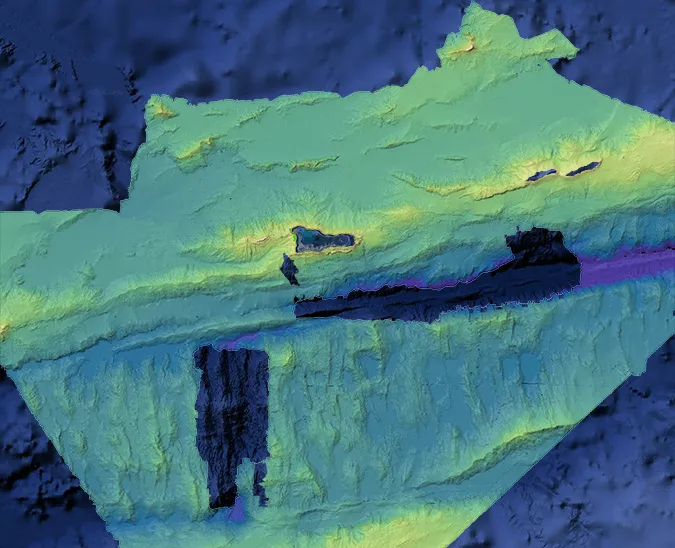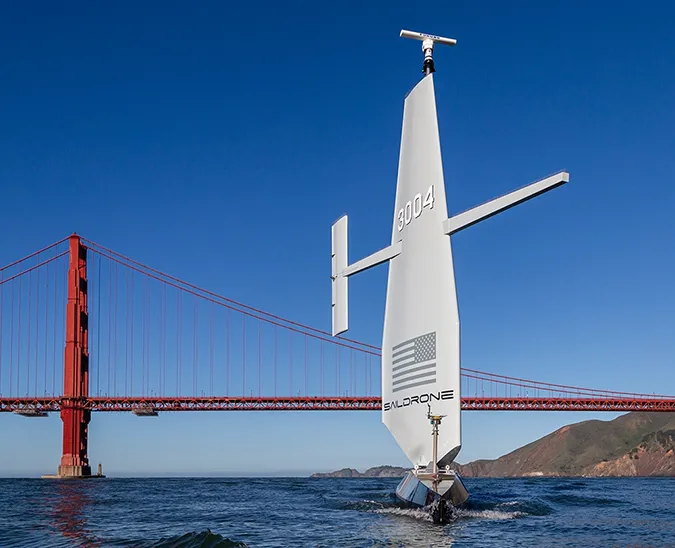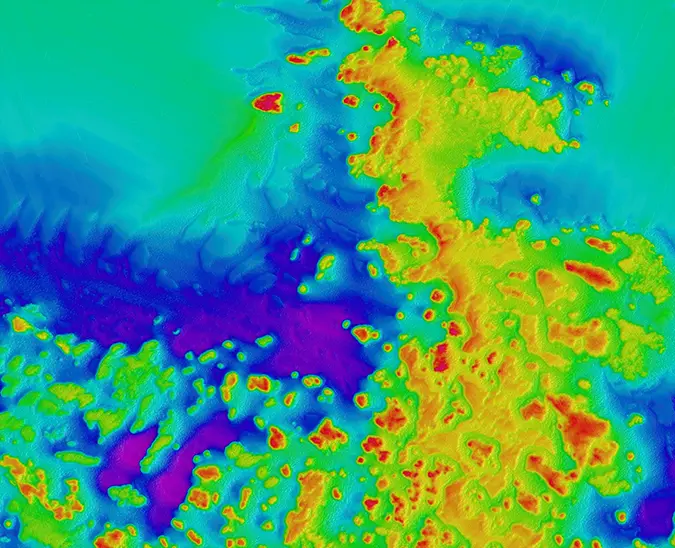 Missions
MissionsMapping the Cayman Islands’ EEZ: Lessons Learned From a First-of-Its-Kind Autonomous Survey
Saildrone mapped 90,000 square kilometers of seafloor, supporting fisheries management, offshore energy planning, resource exploration, strengthening maritime security, and protecting fragile habitats.
 Technology
TechnologyAmerican Bureau of Shipping Issues Full Classification for Saildrone Surveyor, Setting a New Benchmark in the Safety and Reliability of Autonomous Systems
Saildrone USVs are the world’s only unmanned platform to receive classification from ABS—no other USV or UUV has been fully classed by any classification society.

Never Miss an Update
Stay informed with the latest research findings and updates.








